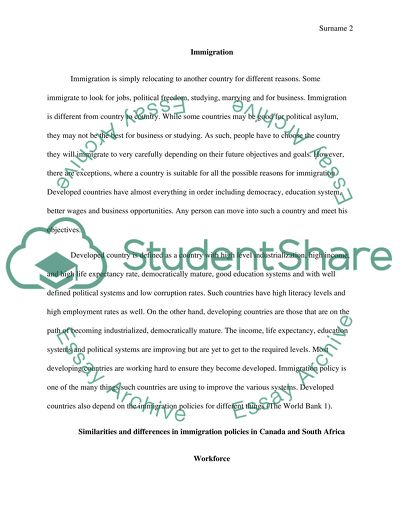Cite this document
(Similarities and Differences in Immigration Policies in Canada and Sou Case Study - 1, n.d.)
Similarities and Differences in Immigration Policies in Canada and Sou Case Study - 1. Retrieved from https://studentshare.org/human-resources/1493439-my-project-discussion-will-be-based-on-the
Similarities and Differences in Immigration Policies in Canada and Sou Case Study - 1. Retrieved from https://studentshare.org/human-resources/1493439-my-project-discussion-will-be-based-on-the
(Similarities and Differences in Immigration Policies in Canada and Sou Case Study - 1)
Similarities and Differences in Immigration Policies in Canada and Sou Case Study - 1. https://studentshare.org/human-resources/1493439-my-project-discussion-will-be-based-on-the.
Similarities and Differences in Immigration Policies in Canada and Sou Case Study - 1. https://studentshare.org/human-resources/1493439-my-project-discussion-will-be-based-on-the.
“Similarities and Differences in Immigration Policies in Canada and Sou Case Study - 1”, n.d. https://studentshare.org/human-resources/1493439-my-project-discussion-will-be-based-on-the.


